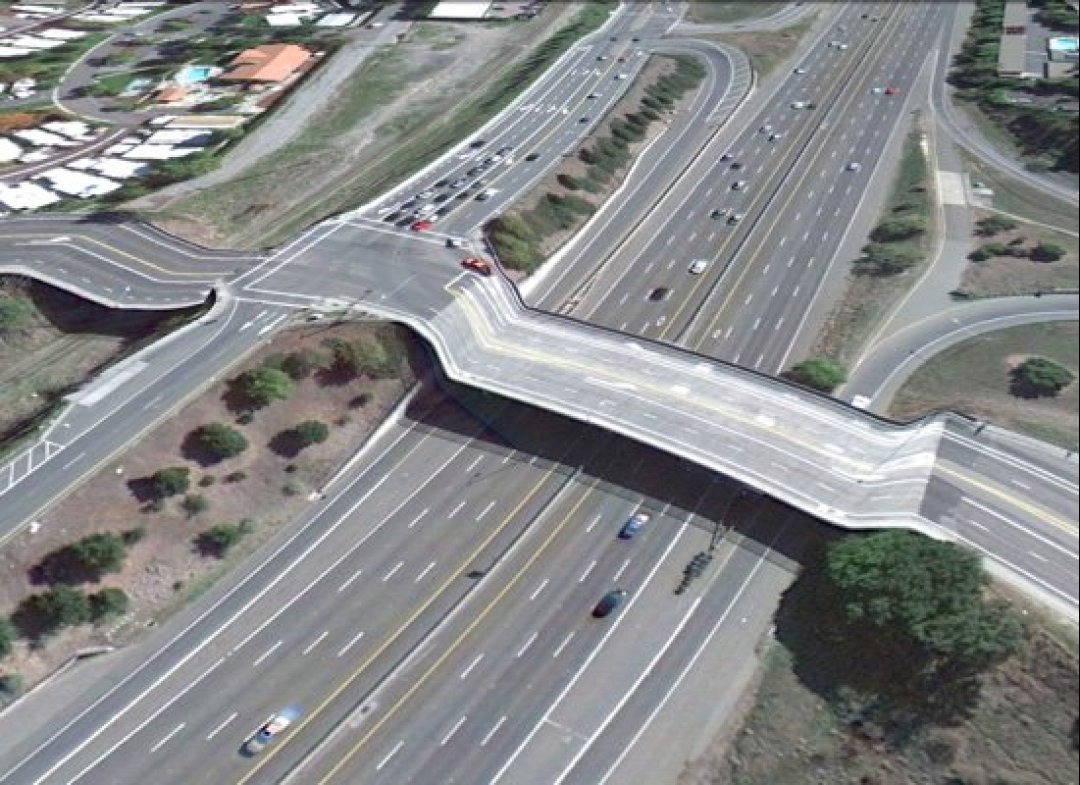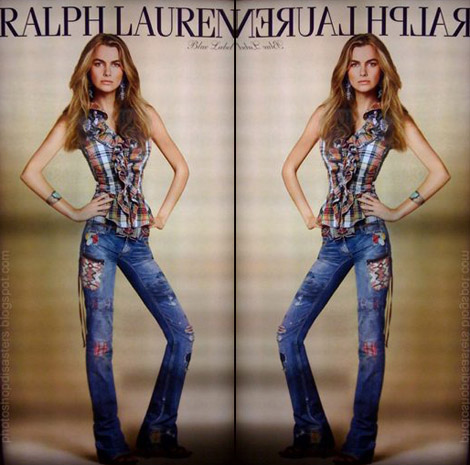We started off by looking at Google Maps and instances where they'd messed up. It's interesting that Google Maps is so advanced yet has trouble understanding bridges...



Further interesting is how you can view remote places in the world that you would probably never otherwise get to see, such as the abandoned Hashima Island off the coast of Japan, which can be recognised from the latest James Bond film, Skyfall.
The island was used for coal mining, and was inhabited up until 1974 when the mine shut down, as was happening all over Japan.
It's crazy to be able to explore this distant and abandoned island almost as if you were actually there...

After looking at maps we moved onto tracking and the use of GPS technologies (which is, incidentally, what I'm currently writing my essay on.)
While presenting a great opportunity for advertising and marketing, these new locative technologies are seen as invasive for many.
For example, apparently police now able to use mobile phone tracking to track anyone...
However, some people are finding ways to rebel against this and to claim back a degree of privacy...
The iPhone tracker app is another way that people are taking back some control/agency over their use of these technologies.
After this week and all of the research I'm doing for my essay, I'm definitely starting to think more about issues of privacy and how our supposedly meaningless information is perhaps being used. I might now think twice before allowing random iPhone apps to access my location and information!





















.jpg)




